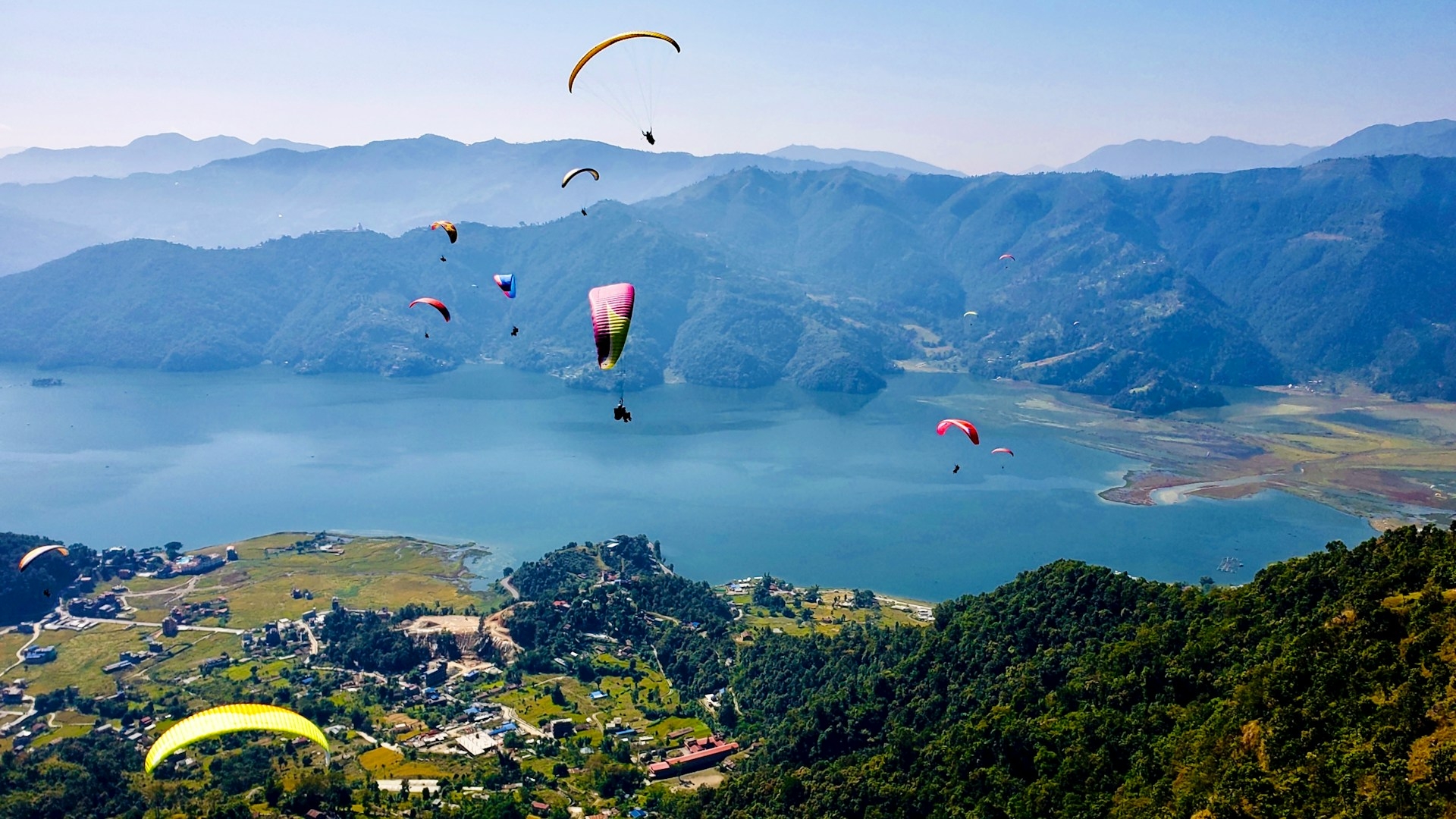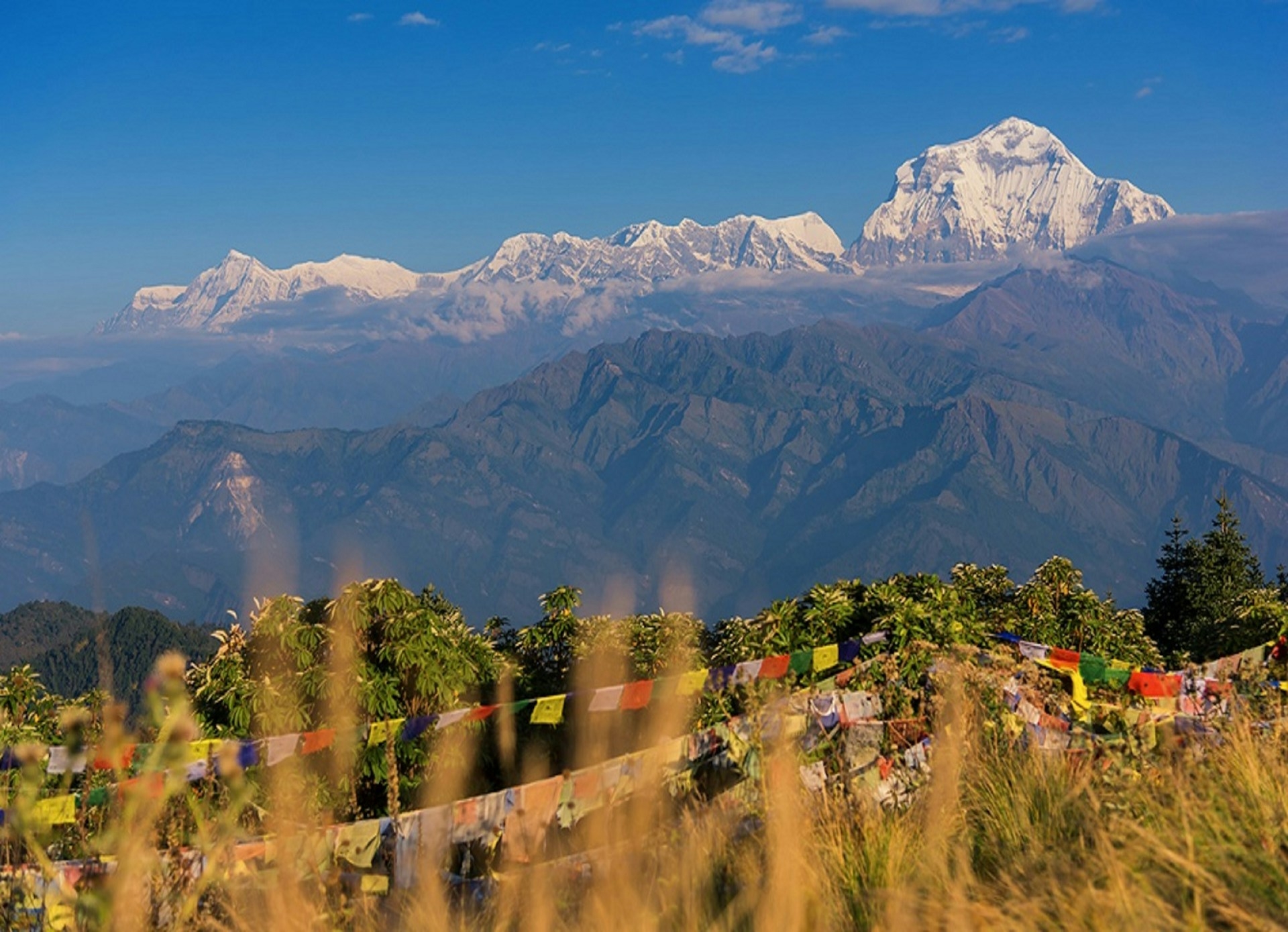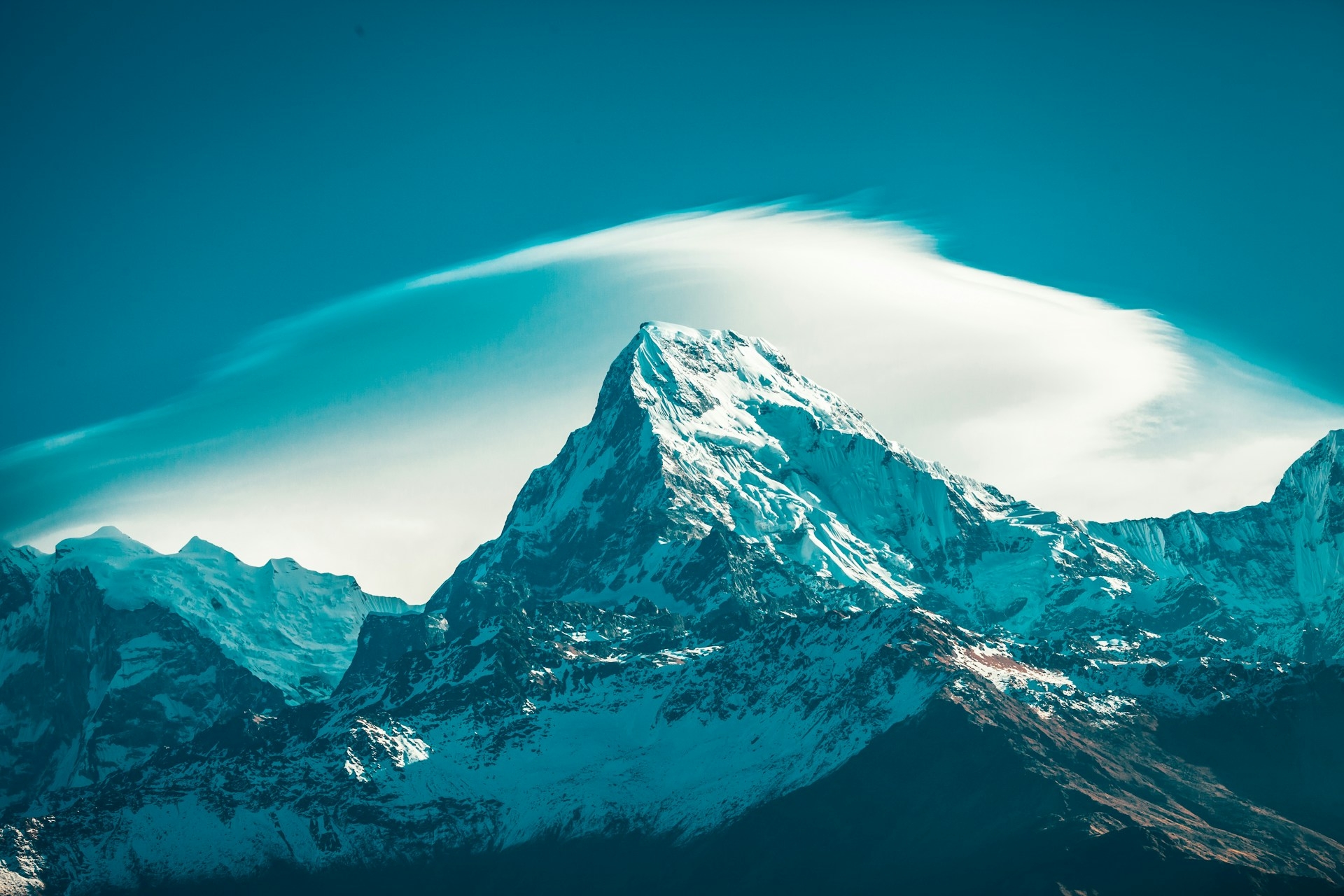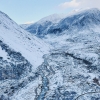



Morning after breakfast, our city and cultural guide receives you at the hotel for exciting tour.
In the heart of Nepal's vibrant capital, Kathmandu, lies an enchanting trio of cultural and religious landmarks that beckon travelers to embark on an unforgettable journey of sightseeing. Each site—Kathmandu Durbar Square, Pashupati Nath, and Boudha—offers a unique tapestry of history, spirituality, and architectural marvels, making them integral parts of Nepal's rich cultural heritage.
Kathmandu Durbar Square:
Nestled in the ancient city, Kathmandu Durbar Square is a living testament to the country's regal past. This UNESCO World Heritage Site boasts a stunning collection of palaces, courtyards, and temples that date back to the Malla and Shah dynasties. The intricately carved wooden structures, such as the Hanuman Dhoka Palace, Kumari Ghar (the living goddess's abode), and the Taleju Temple, showcase the splendid craftsmanship of Newari artisans. The square's vibrant atmosphere is further enhanced by local vendors, street performers, and the constant hum of daily life.
Pashupati Nath:
A sacred pilgrimage site for Hindus worldwide, Pashupati Nath is a sprawling temple complex dedicated to Lord Shiva. Located on the banks of the Bagmati River, this UNESCO World Heritage Site is not only an architectural marvel but also a spiritual haven. The main temple, with its distinctive pagoda-style architecture and golden spire, is complemented by a series of smaller shrines, ghats, and ashrams. Pilgrims and sadhus, draped in saffron robes, converge here to seek blessings, while the eerie yet serene atmosphere of the nearby Arya Ghat, where cremations take place, adds a profound spiritual dimension to the visit.
Boudhanath Stupa:
Boudha, or Boudhanath Stupa, stands as an iconic symbol of Tibetan Buddhism and is one of the largest stupas in the world. The colossal mandala is adorned with the watchful eyes of the Buddha, overlooking the Kathmandu Valley. Pilgrims and visitors circumambulate the stupa, spinning prayer wheels and chanting mantras, creating a mesmerizing blend of devotion and tranquility. The surrounding streets are lined with vibrant prayer flag shops, monasteries, and Tibetan handicraft stores, making Boudha a hub of spiritual energy and cultural exploration. Individually, each of these sites offers a captivating glimpse into Nepal's past and present, but collectively, they form a trifecta of cultural diversity, religious significance, and architectural brilliance, making a visit to Kathmandu an immersive and enlightening experience. From here back to hotel, afternoon at leisure and preparation for the trek to Annapurna Base Camp with Ghorepani-Poon Hill.











































The Annapurna Base Camp with Ghorepani Poonhill Trek requires two main permits: the Annapurna Conservation Area Permit (ACAP) and the Trekkers' Information Management System (TIMS) card. These permits are essential for trekking in the Annapurna region and are obtainable through registered trekking agencies like Himalayan Forever. They help manage conservation efforts and ensure safety and support for trekkers.
The trek typically begins with a drive from Pokhara to Nayapul, the starting point of the trek. The road journey offers stunning views of the Annapurna and Dhaulagiri ranges. From Nayapul, the trek follows well-marked trails through terraced fields, lush forests, and traditional villages, gradually ascending towards Ghorepani, Poonhill, and eventually to Annapurna Base Camp. Internal transportation during the trek involves hiking on foot through diverse landscapes.
The trek begins with a scenic drive from Pokhara to Nayapul, followed by a hike through picturesque landscapes and cultural villages. The route ascends gradually through terraced fields, bamboo forests, and rhododendron groves, offering stunning views of Machhapuchhre (Fish Tail) and Annapurna South.
The trek culminates at Annapurna Base Camp, where trekkers can admire panoramic views of the Annapurna massif, including Annapurna I (8,091 meters), and experience the serenity of the Himalayan amphitheater. After descending to Nayapul, the journey concludes with a drive back to Pokhara, celebrating the achievement of reaching the base of one of the world's highest peaks.
Communication facilities along the Annapurna Base Camp with Ghorepani Poonhill Trek vary depending on the location. Major villages like Ghorepani and Chhomrong have limited mobile network coverage, while higher-altitude locations may have sporadic or no coverage. Tea houses along the route provide accommodation ranging from basic lodges with shared facilities to more comfortable rooms with attached bathrooms. Meals served at tea houses include local Nepali and Tibetan dishes such as dal bhat (rice and lentils), momos (dumplings), and noodles, catering to trekkers' dietary needs.
The Annapurna Base Camp with Ghorepani Poonhill Trek is considered moderately challenging. It involves daily hikes of approximately 5-7 hours over varied terrain, including steep ascents and descents. Trekkers should have a reasonable level of fitness and be prepared for altitude gains up to 4,130 meters at Annapurna Base Camp and 3,210 meters at Poonhill. Proper acclimatization, pacing oneself, and staying hydrated are crucial to mitigate altitude-related risks.
The trek typically spans around 10-14 days, depending on the chosen itinerary and pace. The best times to undertake the Annapurna Base Camp with Ghorepani Poonhill Trek are spring (March to May) and autumn (September to November). During these seasons, the weather is generally stable with clear skies, mild temperatures, and blooming rhododendrons along the trails, enhancing the trekking experience with stunning mountain views.
Spring and autumn are optimal for the Annapurna Base Camp with Ghorepani Poonhill Trek due to favorable weather conditions, minimal precipitation, and comfortable temperatures conducive to trekking. These seasons offer excellent visibility of the surrounding peaks and cultural insights into local festivals and traditions.
Himalayan Forever's team for the Annapurna Base Camp with Ghorepani Poonhill Trek consists of experienced guides and support staff familiar with the route's nuances, local customs, and safety protocols. They ensure a safe and enjoyable trekking experience by providing guidance, assistance, and cultural insights throughout the journey.
Trekkers should be mindful of the high-altitude nature of the trek and take necessary precautions to prevent altitude sickness. It's recommended to acclimatize properly, drink plenty of fluids, and follow the guidance of trekking guides and support staff throughout the journey. Travel insurance covering trekking activities and emergency evacuations is strongly advised.
Himalayan Forever is renowned for its commitment to responsible tourism practices, safety standards, and personalized service. With a team of experienced guides, customized itineraries, and a deep respect for local cultures and environments, Himalayan Forever ensures that trekkers have a memorable, safe, and enriching experience on the Annapurna Base Camp with Ghorepani Poonhill Trek.
The Annapurna Base Camp with Ghorepani Poonhill Trek offers a diverse range of experiences, from trekking through lush forests and terraced fields to witnessing breathtaking sunrise views over the Himalayas from Poonhill. Highlights include soaking in natural hot springs at Jhinu Danda, exploring the cultural heritage of Gurung villages like Ghandruk, and marveling at the spectacular vistas from Annapurna Base Camp itself. This trek provides trekkers with an immersive journey into the heart of the Annapurna region, combining natural beauty with cultural encounters.
What is the altitude gain during the Annapurna Base Camp with Ghorepani Poonhill Trek?
The highest altitude reached is approximately 4,130 meters at Annapurna Base Camp and 3,210 meters at Poonhill. Proper acclimatization and pacing are essential to manage altitude-related challenges.
Are there ATM facilities along the trekking route?
ATM facilities are limited and generally available only in major towns like Pokhara. It's advisable to carry sufficient cash for expenses during the trek.
Is it possible to hire extra porters or guides during the trek?
Yes, arrangements can be made through Himalayan Forever for additional support staff upon request, subject to availability and additional cost.
What type of clothing and gear are recommended for the Annapurna Base Camp with Ghorepani Poonhill Trek?
Layered clothing suitable for varying temperatures, sturdy hiking boots, a good quality sleeping bag, and trekking poles are recommended. A detailed packing list is provided by Himalayan Forever prior to the trek.
December 2022 we did the 10-day Annapurna Base Camp trek. We had an amazing trip. Prakash organised it perfectly (from Kathmandu).We meeted with Ram, our guide, the day before we left. Together we took the bus to Pokhara and the next day the trekking started.Ram is a young, fit and friendly guy! He took great care of us during the trekking, the only thing we needed to do was to walk and enjoy. His English is perfect, therefore we had a lot of fun together.In the evenings we played some games, but be careful, he always wins...

My trek to Annapurna Base Camp through Ghorepani Poonhill was a symphony of natural wonders. The sunrise at Poonhill, with its kaleidoscope of colors, and the majestic peaks surrounding the base camp made this journey a masterpiece of Himalayan adventure.
The Ghorepani Poonhill trek introduced me to the vibrant culture of the region, while the Annapurna Base Camp portion brought me face to face with awe-inspiring peaks. The diversity of experiences, from charming villages to the serene base camp, made this trek truly illuminating.
Walking through the enchanting rhododendron forests during the Ghorepani Poonhill segment felt like stepping into a fairytale. As I approached Annapurna Base Camp, the alpine grandeur unfolded, leaving me in awe. A trek that seamlessly blends magical landscapes.
The tranquility of Annapurna Base Camp, surrounded by towering peaks, was a surreal experience. From the tranquil beauty of Ghorepani Poonhill's sunrise to the majestic landscapes of the sanctuary, every moment felt like a page from a storybook.
Summiting Annapurna Base Camp was a legendary achievement. The mix of challenging trails, cultural encounters, and the sheer grandiosity of the Himalayan peaks made this trek a true epic. A journey not just to the top, but into the heart of the Annapurna region.
The best times are spring (March to May) and autumn (September to November) when the weather is favorable, and the views are clear.
Yes, trekkers need permits, including the Annapurna Conservation Area Permit (ACAP) and the TIMS (Trekkers’ Information Management System) card.
Both options are possible. The trails are well-marked, and many trekkers choose to go independently. However, hiring a guide and/or porter is recommended for convenience and cultural insights.
Mobile networks are available in some areas, and some teahouses offer limited internet facilities. However, connectivity can be unreliable in remote locations.
This trek combines the beautiful trek to Annapurna Base Camp (ABC) with the scenic Ghorepani Poonhill route. It offers diverse landscapes, cultural experiences, and panoramic mountain views.
The trek typically takes around 12-16 days, depending on the chosen route, acclimatization days, and individual trekker's pace.
The trek is considered moderately challenging. It involves ascending and descending trails, and while it's not as strenuous as some other treks, a good level of fitness is beneficial.
The highest point is Annapurna Base Camp, situated at an elevation of approximately 4,130 meters (13,549 feet). Poonhill is another highlight, offering stunning sunrise views.
The trek passes through traditional villages inhabited by Gurung and Magar communities. Trekkers can experience local culture, visit monasteries, and interact with friendly locals.
The cost varies based on trek duration, services included, and trekking company. On average, it can range from $1,200 to $2,000.
Focus on cardiovascular fitness, endurance, and leg strength. A gradual acclimatization process is important to prevent altitude sickness. Invest in proper trekking gear.
Side trips to places like Ghandruk and Chomrong can be added for those with extra time, providing additional cultural experiences.
Follow the principles of Leave No Trace, respect local customs, and dispose of waste responsibly. Carry a reusable water bottle to minimize plastic usage.
Teahouses and lodges are available along the route, providing basic facilities. Accommodations in Ghorepani and on the way to ABC are comfortable but can get crowded during peak seasons.
Yes, it's strongly recommended to have travel insurance that covers trekking at high altitudes and emergency evacuations.
| No of people | Price per person |
|---|---|
| 1 - 1 | $1,100 |
| 2 - 4 | $890 |
| 5 - 9 | $875 |
| 10 - 12 | $860 |
| 13 - 20 | $840 |
| No of people | Price per person |
|---|---|
| 1 - 1 | $700 |
| 2 - 4 | $599 |
| 5 - 9 | $575 |
| 10 - 13 | $555 |
| 14 - 20 | $530 |
| No of people | Price per person |
|---|---|
| 1 - 5 | $3,500 |
| Group Joining - Per | $799 |
